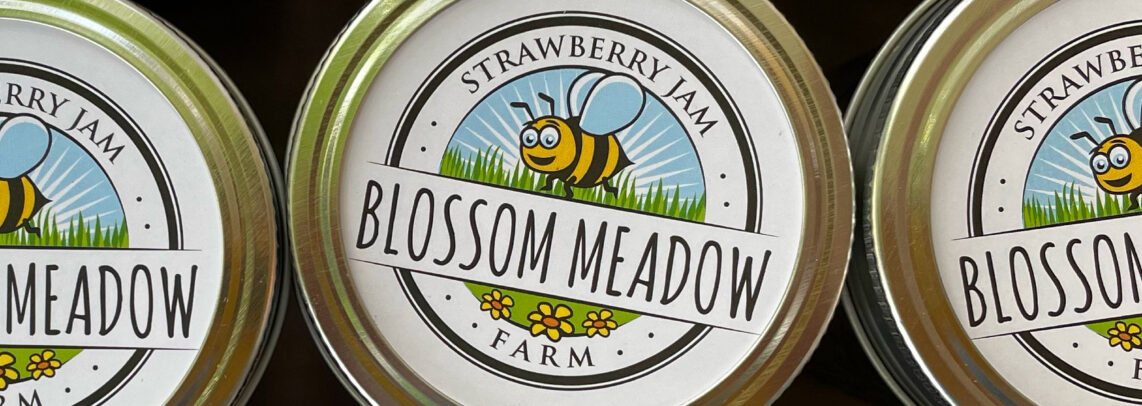Moth numbers have been in long-term decline due in large part to habitat loss and climate change but also because of artificial night lighting. Artificial lights are believed to be a factor in the decline of fireflies too, and may disrupt the migration of birds that navigate by starlight such as the indigo bunting.
As one might expect, moths are significantly distracted from pollinating and mating because of their attraction to residential and street lights. In a recent study¹, only half the amount of moths were found at ground level in lit sites compared to unlit sites. Because the moths are attracted upwards away from the fields, there were significantly fewer moths carrying pollen at lit sites. Another study in Switzerland², focused on one plant species with even more dire results. Ecologists counted 62% fewer nocturnal pollinators visiting cabbage thistle in the lit meadows. In the lit meadows, they also noted 29% fewer nocturnal insect species and 13% fewer fruits on the cabbage thistle plants than in the control plots. The loss of night time pollination was not corrected by day time pollinators. Boiled down: light pollution decreased the number and diversity of nocturnal insects pollinating plants, resulting in fewer fruits for other wildlife to eat. While all lights attract moths, moths are attracted to ultraviolet and white light more than red light (longer wavelengths are less visible to most wildlife species).
While bees are often assumed to be the most important pollinators, the role nocturnal moths play in pollination should not be overlooked even in agricultural settings. In lowbush blueberry, nocturnal pollination accounted for approximately two-thirds of fruit set, and subsequently one-third of ripe berries produced3. In addition, though lower fruit set was observed overall, ripe berries produced through nocturnal pollination were equal in weight to those produced diurnally, indicating that nocturnal pollinators can efficiently transfer the number of pollen tetrads required to achieve a normal sized fruit3.
Xerces, an invertebrate non-profit, states that the best way to protect moths from light pollution is to turn off exterior lights when possible. If you must use outdoor lighting, consider dim low-voltage lighting, lights that are motion activated, or LED lights with a warm color temperature (2700 K or less) to minimize blue light content, as these are all less attractive to moths and other insects. In fact, the city council of Phoenix Arizona voted to replace the bulbs in all 90,000 lamps on streets and in parks with yellow-hued 2700k LEDs in 2016. Town of Southold (NY) recently decided to upgrade their street lights using 2700K LEDs too.
Because of light pollution concerns, we do not have bright lights angled at our Cutchogue store sign and the flood light for our parking lot is on a switch rather than a timer so we only use it when absolutely necessary. At the farm, our outdoor barn lights and porch light are rarely used, remain on switches, and have NBA LED bulbs. To protect the night sky (and not distract nocturnal pollinators), the Custer Institute has a red porch light!
We can continue the dark skies movement! Local government officials may not be aware of the importance of 2700K LED lights over 3000-4000K (there is a lawsuit going on right now in the Village of Great Neck over the bright LED street lights installed). Please talk with your local government officials and bring this concern to their attention. Also, please consider replacing your own porch lights and any landscape lights with fully shielded fixtures that emit no light upward and replacing the bulbs with a narrow band amber (NBA) LED bulb (commonly used in sea turtle nesting areas; see https://www.savingourstars.org/darkskyresources/ for more information – please check out this website – it’s a GREAT resource). The city of Flagstaff Arizona also uses narrow band amber (NBA) LEDs for their commercial street lighting.
Light pollution increases urban sky glow, distracts nocturnal pollinators, increases road glare while driving, reduces quality of life and contributes to human health issues. I am heartened that there are simple things we can do to reverse this trend – I hope you agree.
- Macgregor et al. 2016. The dark side of street lighting: impacts on moths and evidence for the disruption of nocturnal pollen transport. Global Change Biology.
- Eva Knop, Leana Zoller, Remo Ryser, Christopher Gerpe, Maurin Hörler, Colin Fontaine. 2017. Artificial light at night as a new threat to pollination. Nature DOI: 10.1038/nature23288
- Cutler GC, Reeh KW, Sproule JM, Ramanaidu K. 2012. Berry unexpected: Nocturnal pollination of lowbush blueberry. Can. J Plant Sci 92(4): 707-711

